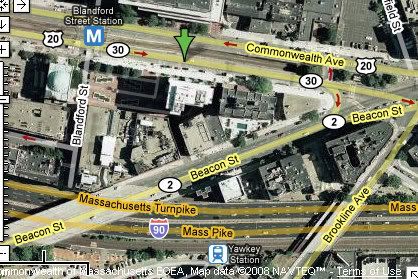Ned Flaherty
Active Member
- Joined
- Aug 25, 2007
- Messages
- 486
- Reaction score
- 0
Re: Columbus Center
(1) Estimated annual death rates from particulate matter were tripled by the California Environmental Protection Agency?s Air Resources Board (CA-EPA-CARB).
(2) CARB announced the scientific peer reviews that other forum members wanted.
(3) The City asked the Commonwealth to publish the particulate matter information that was omitted from ? but should have been included in ? the Columbus Center proposal.
The forum isn?t a news re-print service; it?s a discussion board. Forum members aren?t restricted to speaking only when a newspaper article appears. Wocket asked me questions about media, so I replied. And several forum members asked for updates about particulate matter, so I provided those.. . . why are you reviving this thread?
That?s untrue. Plenty of significant news occurred just last week:. . . There aren't any new news. . . Wait until something new pops up.
(1) Estimated annual death rates from particulate matter were tripled by the California Environmental Protection Agency?s Air Resources Board (CA-EPA-CARB).
(2) CARB announced the scientific peer reviews that other forum members wanted.
(3) The City asked the Commonwealth to publish the particulate matter information that was omitted from ? but should have been included in ? the Columbus Center proposal.
Last edited:

